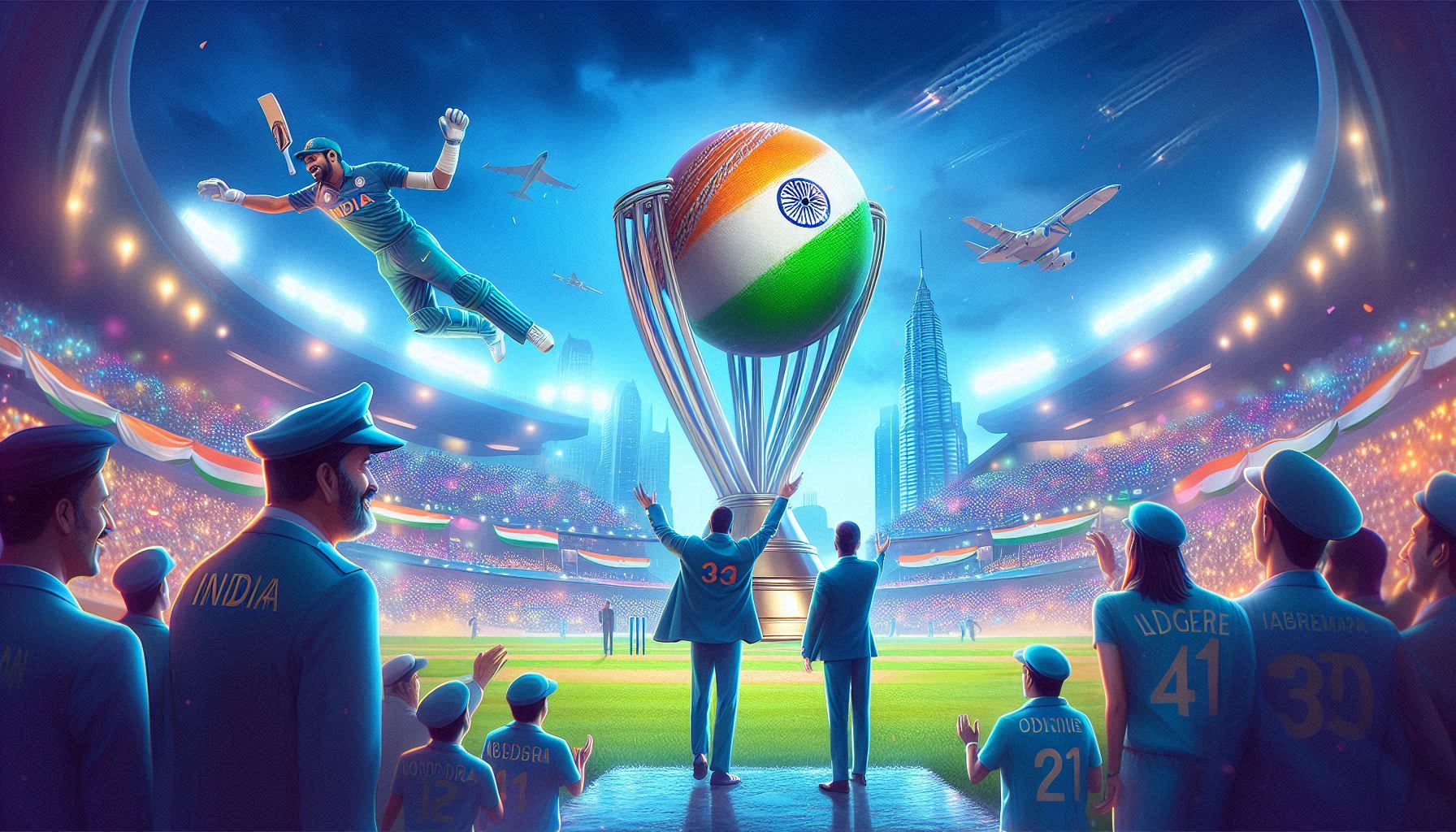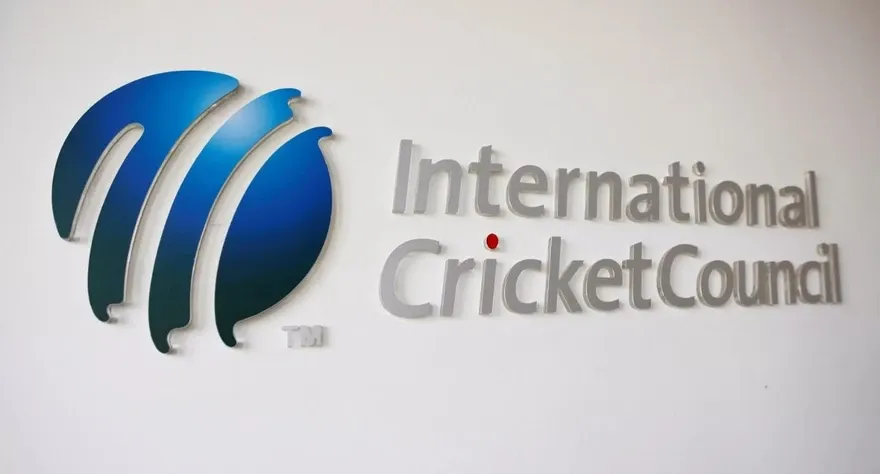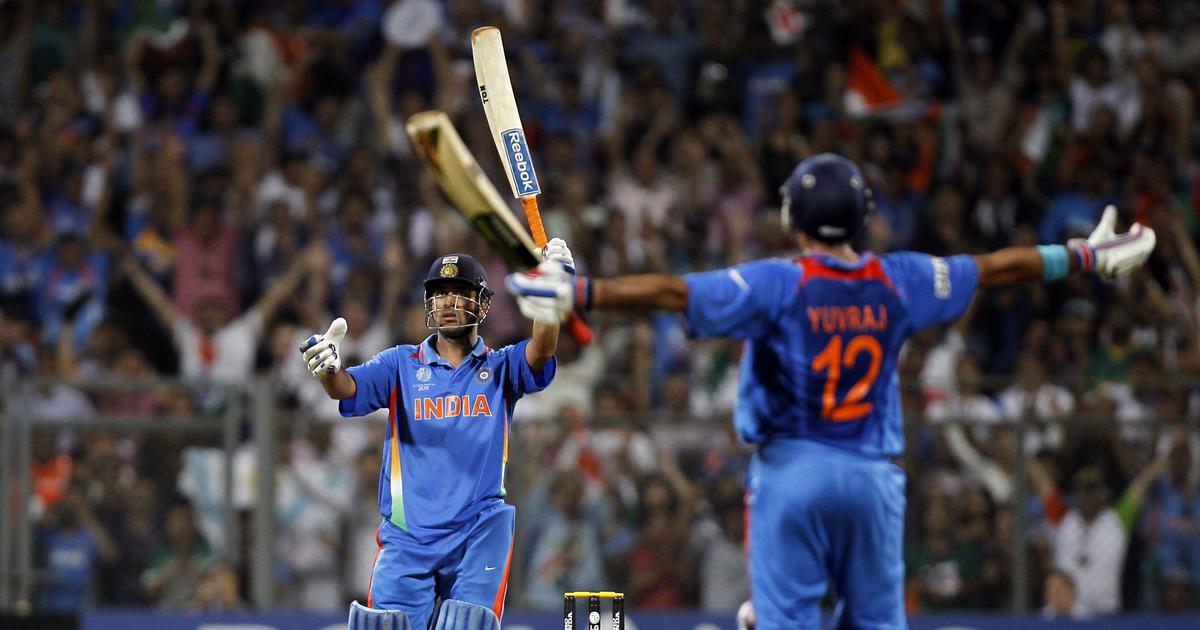Imagine living in a special place where you can only stay in certain areas, can’t meet your friends or family, and have to follow strict rules every day. That’s what a bio-bubble is for sports players! During the COVID-19 pandemic, sports like cricket, soccer, and basketball used bio-bubbles to keep players safe. But what exactly is a bio-bubble, and how does it affect the players? Let’s explore in a way that’s easy to understand, even for a 10-year-old, and learn how these bubbles change the lives of our favorite sports stars.
What Is a Bio-Bubble?
A bio-bubble is like a giant invisible shield around players, coaches, and staff. It’s a special setup where everyone stays in one place—like a hotel or stadium—and can’t go out or meet people from outside. This keeps them safe from getting sick, like from COVID-19. They can only go to places like the practice field or the match stadium, and they have to test for the virus often. It sounds cool, like living in a secret clubhouse, but it can be tough, too!
Why Were Bio-Bubbles Needed?
When COVID-19 spread around the world, sports stopped because it wasn’t safe for big crowds or teams to travel. Fans missed their favorite games, and players couldn’t play. To bring sports back safely, organizers created bio-bubbles. These bubbles let players compete without risking their health. For example, cricket tournaments like the Indian Premier League (IPL) and the Cricket World Cup used bio-bubbles so fans could cheer for their teams again.
How Bio-Bubbles Work
In a bio-bubble, players live in a hotel with their team. They can’t leave to visit friends, go to a mall, or even hug their families. Everyone gets tested for COVID-19 regularly, sometimes every few days. They travel in special buses to the stadium, and no one from outside the bubble can come close. It’s like being in a big team bubble where everyone works together to stay safe. But staying in this bubble for weeks or months can be hard on players.
The Good Side of Bio-Bubbles
Bio-bubbles have some great things about them! Let’s look at a few:
- Safety First: Bio-bubbles kept players safe from getting sick. This meant they could focus on playing without worrying about the virus.
- Team Bonding: Since players lived together, they spent a lot of time with teammates. They played games, watched movies, or just talked, which made them closer as a team.
- No Distractions: Without going out, players could focus on practice and matches. This helped some players perform better because they had fewer things to worry about.
- Bringing Sports Back: Bio-bubbles let fans watch their favorite sports on TV or online. Imagine no cricket or soccer for years—that would be so boring!
The Tough Side of Bio-Bubbles
Even though bio-bubbles were helpful, they were not always fun. Here’s why they could be hard for players:
1. Missing Family and Friends
Players couldn’t see their families for a long time, sometimes months! Imagine not being able to hug your mom, dad, or siblings. For example, during the 2020 IPL, players like Virat Kohli talked about how much they missed their loved ones. This made some players feel sad or lonely.
2. Feeling Trapped
Living in the same hotel or area every day can feel like being stuck. Players couldn’t go to a park, a movie theater, or even a restaurant. It was like being grounded forever! Some players, like England’s Ben Stokes, said being in a bio-bubble felt like living in a “golden cage”—fancy but limiting.
3. Mental Health Challenges
Playing sports is fun, but it’s also a lot of pressure. In a bio-bubble, players had to deal with stress without their usual ways to relax, like hanging out with friends or going for a walk. Many players, like Australia’s Glenn Maxwell, shared that staying in bubbles made them feel tired or stressed. Some even took breaks to feel better.
4. Tough Schedules
Bio-bubbles often meant playing lots of matches in a short time. For example, in cricket, teams played every few days with no breaks. This was exhausting for players’ bodies and minds. They had to stay super fit and focused, which wasn’t always easy.
How Players Coped in Bio-Bubbles
Players found ways to make life in bio-bubbles better. Here are some cool things they did:
- Fun Activities: Teams organized game nights, quizzes, or even dance parties in the hotel. This helped players laugh and have fun.
- Talking to Experts: Many teams had doctors or counselors to help players talk about their feelings. This made it easier for them to handle stress.
- Staying Connected: Players used video calls to talk to their families. Seeing their loved ones on a screen wasn’t the same as a hug, but it helped!
- Exercise and Fun: Players worked out, did yoga, or played indoor games to stay happy and healthy.
Examples from Cricket
Cricket players faced bio-bubbles a lot, especially during the 2020 and 2021 IPL seasons and the 2021 Cricket World Cup. In 2020, the IPL was held in the United Arab Emirates, and players lived in bio-bubbles for over two months. Some players, like India’s KL Rahul, said it was tough but worth it to play for their fans. In 2021, the IPL had to stop midway because the virus got into the bubble, showing how hard it was to keep everyone safe.
What Fans Can Learn from Bio-Bubbles
Bio-bubbles teach us some big lessons, even for kids! Here are a few:
- Teamwork Matters: Players worked together to follow rules and stay safe. You can do this with your friends at school, too!
- Taking Care of Yourself: Players learned to talk about their feelings and stay active. You can do this by playing outside or telling someone if you’re sad.
- Being Strong: Even when things were tough, players kept going. You can be strong, too, when school or sports get hard!
The Future of Bio-Bubbles
As the world gets better at handling viruses like COVID-19, bio-bubbles might not be needed as much. Vaccines and better safety rules mean players can travel and play more freely. But bio-bubbles showed us that sports can happen even in tough times. In the future, teams might use smaller bubbles or new ideas to keep players safe without making them feel trapped.
Fun Facts About Bio-Bubbles
- Bubble Hotels: In the 2020 IPL, teams stayed in super fancy hotels in Dubai with pools and gyms, but they couldn’t leave!
- Lots of Tests: Players sometimes got tested for COVID-19 every three days. That’s a lot of nose swabs!
- Virtual Fans: Since fans couldn’t come to stadiums, some matches had virtual crowds on big screens to cheer players up.
- Bubble Breaks: Some players, like England’s Jos Buttler, took short breaks from bubbles to stay happy and play better.
Conclusion
Bio-bubbles were a big part of sports during tough times. They kept players safe so we could watch our favorite games, but they also made life hard for players. Missing family, feeling trapped, and staying focused were big challenges, but players showed us how to be strong and keep going. For kids like you, bio-bubbles are a reminder that even when things are tough, you can find ways to have fun, stay healthy, and chase your dreams. So, next time you watch a cricket match, think about the hard work players put in—both on the field and in the bubble!




